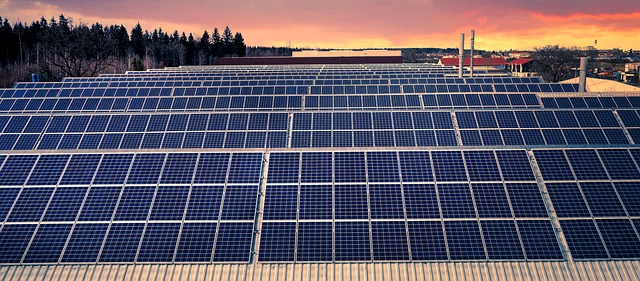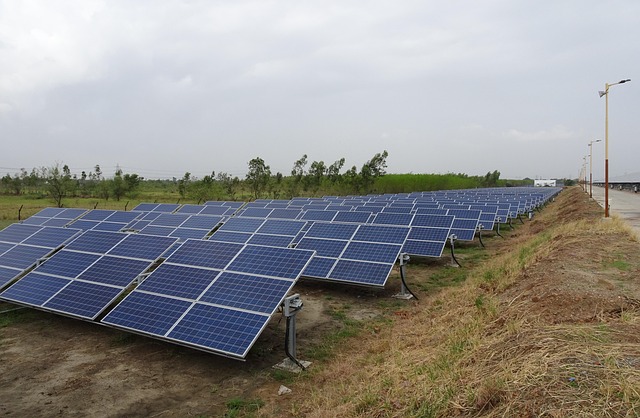Incentives and rebates are key drivers in the real estate market, enabling buyers to reduce upfront costs and enhance property value through energy-efficient upgrades. Offered by governments, local authorities, manufacturers, and utility companies, these financial rewards include direct rebates, grants, and government-backed programs for retrofits like solar panels and smart thermostats. By capitalizing on these opportunities, homeowners can offset installation costs, promote environmental sustainability, and increase their property's value in today's competitive real estate landscape.
In today’s competitive real estate market, understanding incentives and rebates can level the playing field for both homeowners and industry professionals. This article delves into how financial offsets through incentives and rebates significantly reduce installation costs, making eco-friendly upgrades more accessible. We explore the benefits for homeowners seeking cost savings and enhanced property value, as well as the advantages for the industry in promoting sustainability and fostering growth in the real estate sector.
Understanding Incentives and Rebates in Real Estate

Incentives and rebates are powerful tools in the real estate market, offering significant benefits to both buyers and sellers. These financial incentives can make a substantial difference when it comes to offsetting installation costs, making home improvements more accessible. For instance, many governments and local authorities provide rebates for energy-efficient upgrades like solar panel installations or insulation retrofits. Homeowners can use these savings to fund other renovation projects, creating a positive feedback loop that promotes both environmental sustainability and property value enhancement.
Understanding the available incentives is crucial in navigating the real estate landscape. Buyers and sellers should stay informed about local programs offering rebates for specific improvements. These initiatives not only reduce upfront costs but also contribute to smarter, more efficient homes. By capitalizing on these opportunities, individuals can make informed decisions, ensuring that their investments in real estate are both profitable and eco-conscious.
How Installation Costs Can Be Offset

In today’s competitive real estate market, buyers are always on the lookout for ways to save money. One effective strategy to reduce upfront costs is by taking advantage of incentives and rebates offered during the installation process. Whether it’s a new heating system, energy-efficient appliances, or solar panels, various programs and promotions can offset the initial investment. These financial rewards often come in the form of direct rebates, where a portion of the installation expenses are reimbursed after meeting specific criteria.
Homeowners can also explore options like manufacturer incentives, utility company grants, or government-backed programs designed to encourage the adoption of eco-friendly technologies. By combining these offers, buyers can significantly minimize their out-of-pocket expenses while improving the energy efficiency and overall value of their properties.
Benefits for Homeowners and the Industry

Incentives and rebates play a pivotal role in making energy-efficient upgrades more accessible for homeowners, offsetting the initial installation costs. This financial support is a win-win situation for both real estate owners and the industry. Homeowners can significantly reduce their energy bills over time, contributing to long-term savings and a greener lifestyle. With these incentives, they are encouraged to invest in technologies that enhance home value, such as solar panels or smart thermostats, making their properties more appealing in the competitive real estate market.
For the industry, these incentives drive innovation and foster a market shift towards sustainable practices. By offering rebates, governments and utility companies promote the adoption of clean energy solutions, stimulating growth in related sectors. This trend benefits businesses by creating new opportunities for product development, installation services, and maintenance, ultimately leading to job creation and a more robust green economy.






